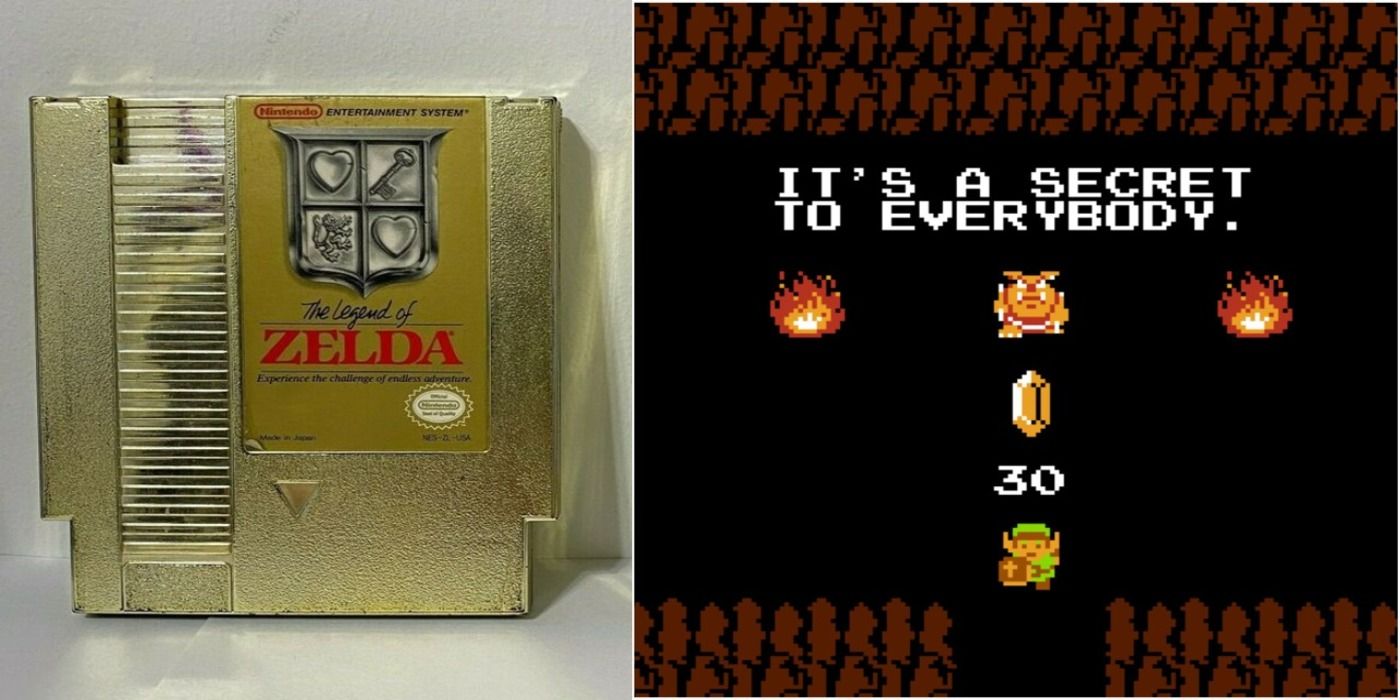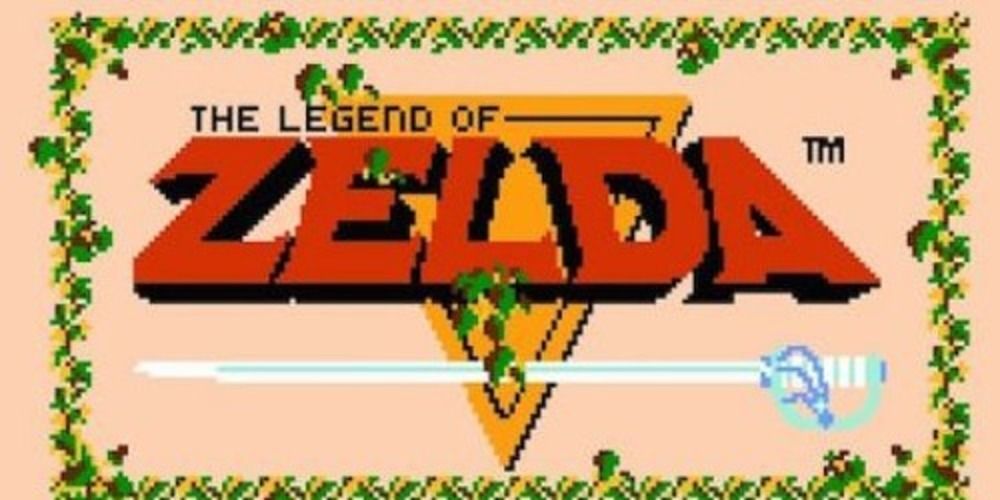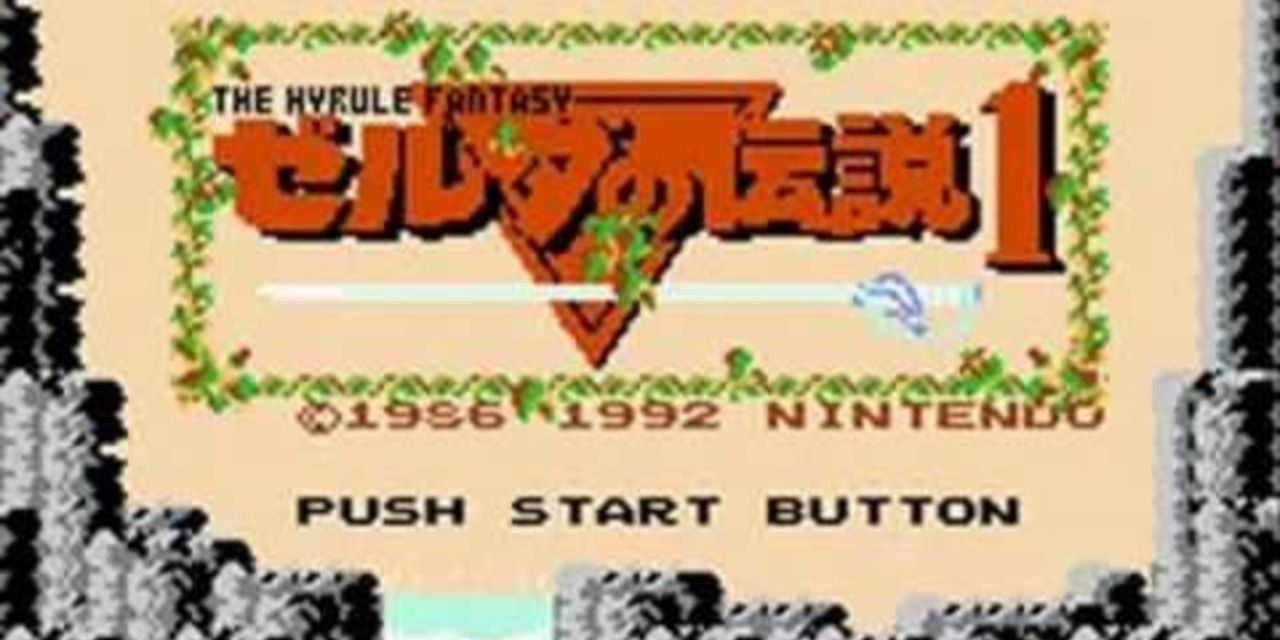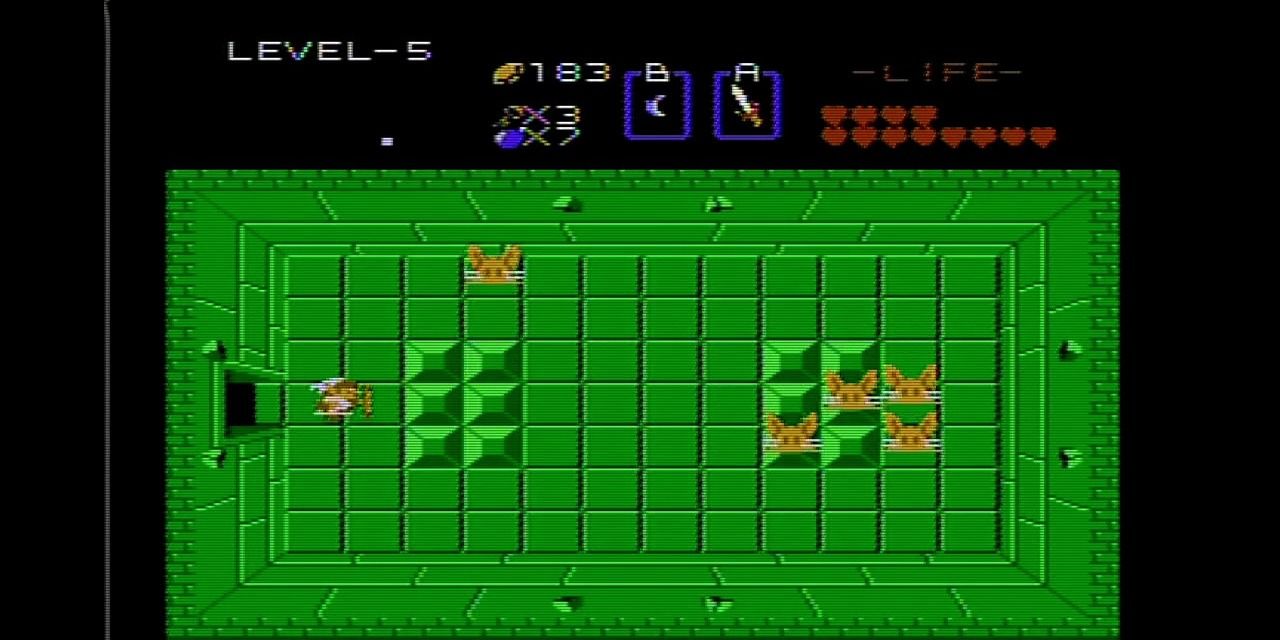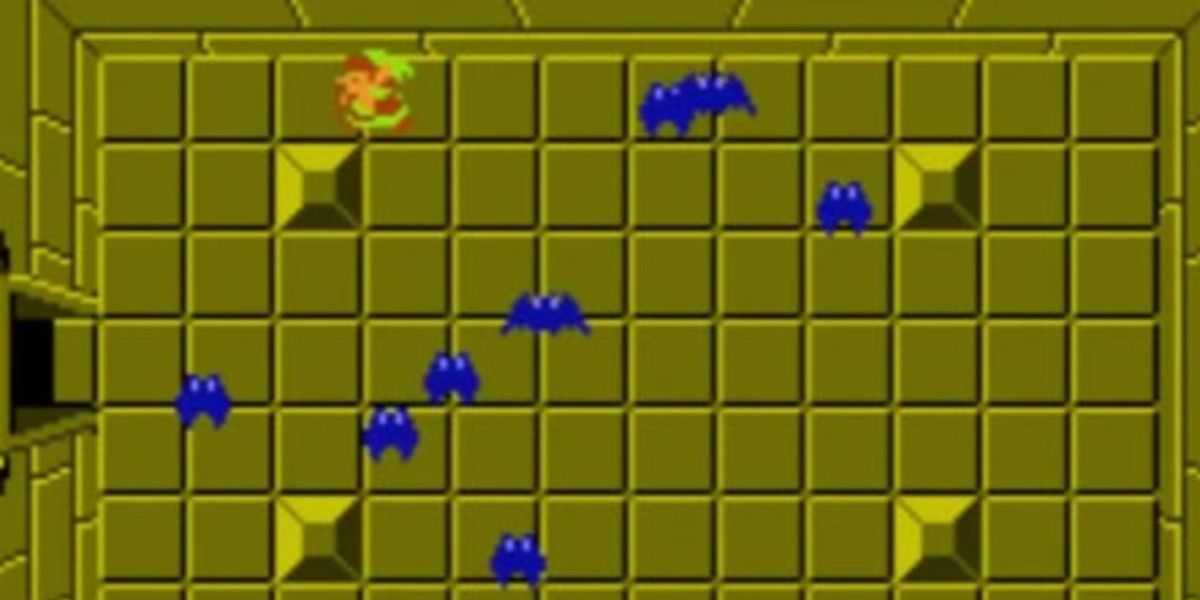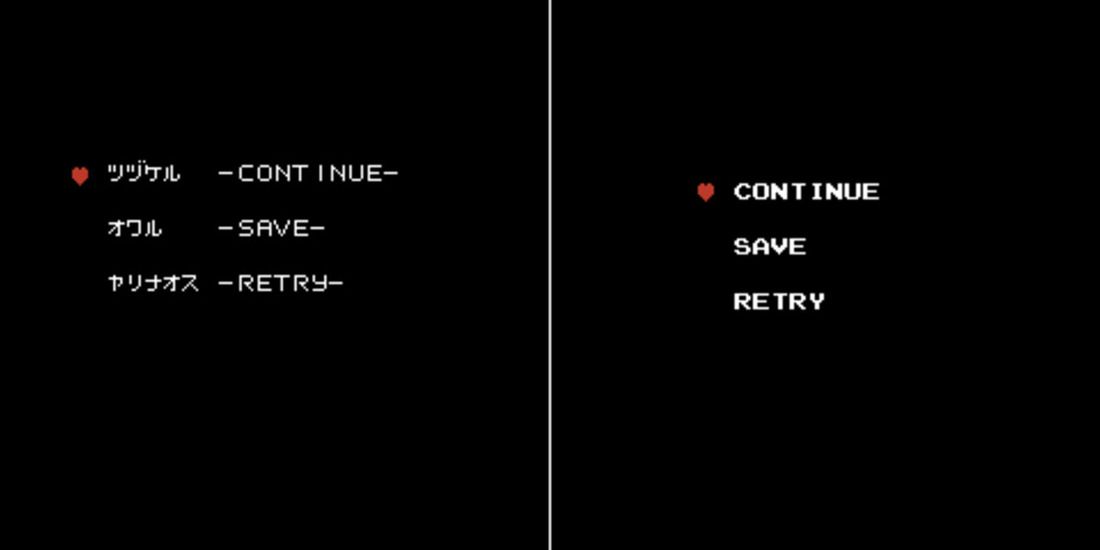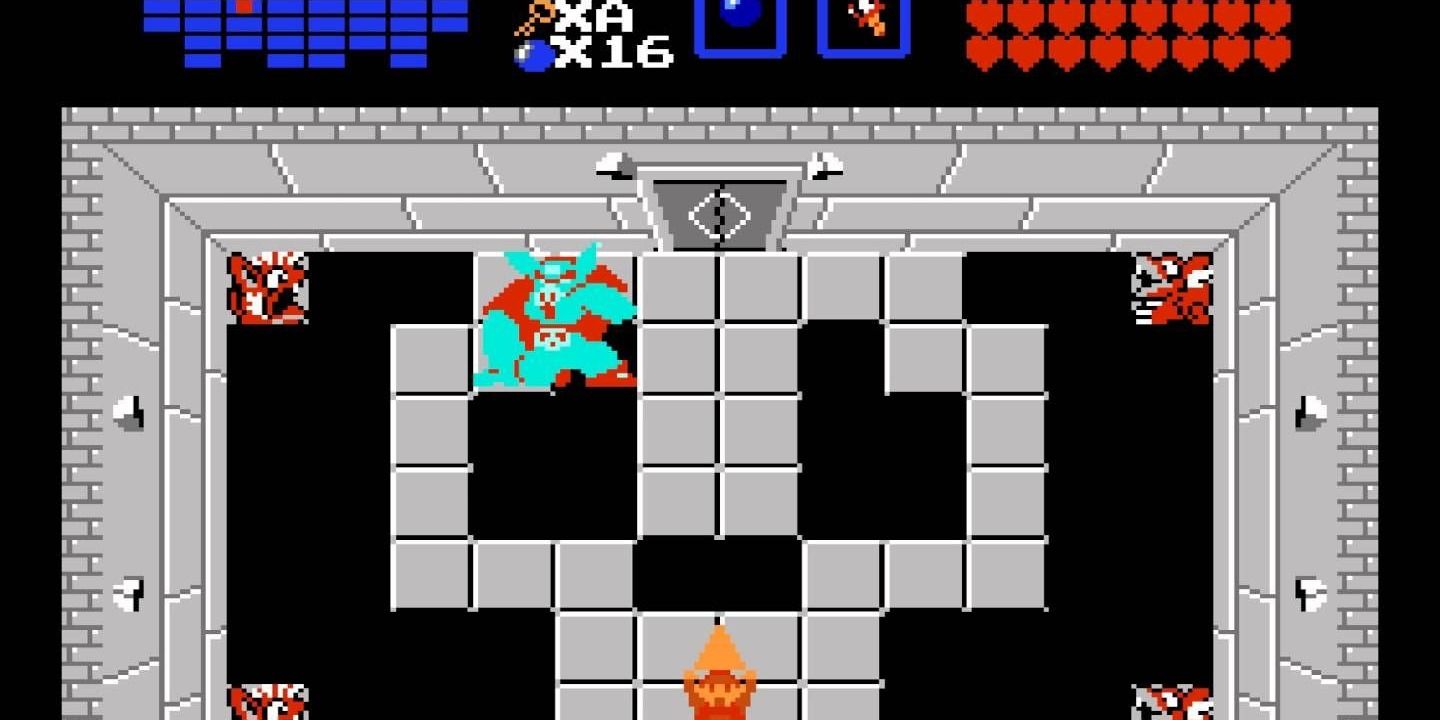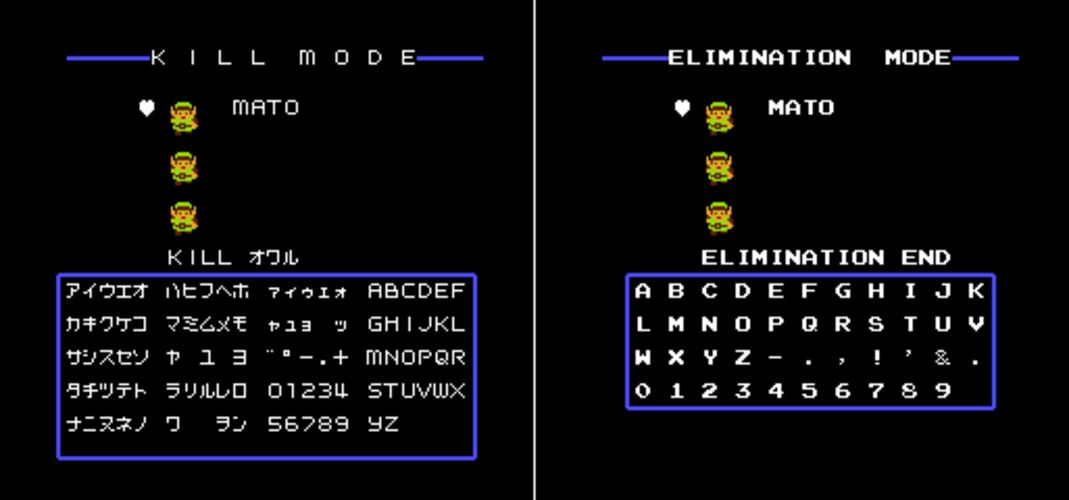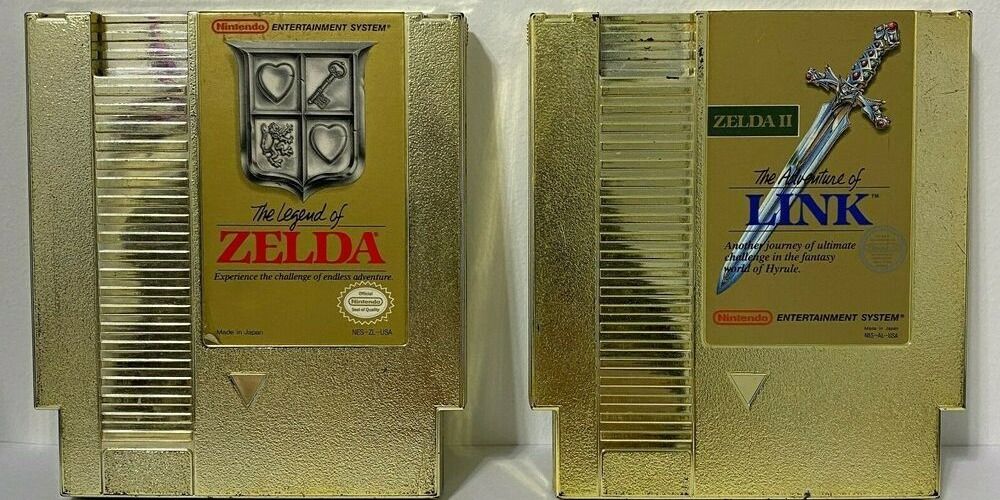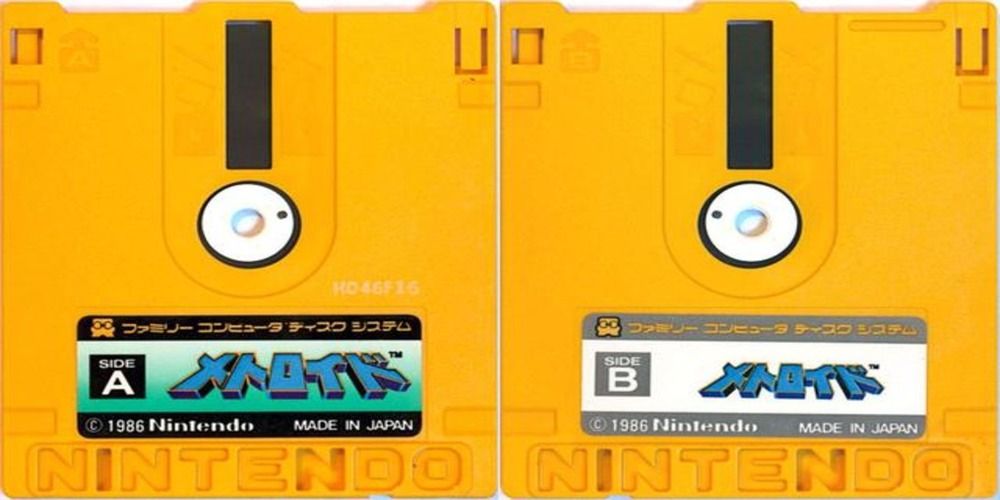After the Famicom and its library of games had proven to be popular in Japan, the folks at the head office decided it was time to bring the games stateside and Nintendo America sprang into action. Before the games were marketed to a North American audience they had to go through the process of localization. It's called localization, not just translation, because there's a lot more going on than just changing the language from Japanese to English.
It's not always an easy or smooth process. Sometimes translations don't turn out very well or images have to be removed or covered up because of nudity and violence. Nintendo had strict guidelines about the family-friendly content of their games and there are quite a few that never made it overseas because of their adult content. Thankfully, The Legend of Zelda is not one of those, but it still needed some interesting tweaks before the folks in Nintendo America's public relations department could offer it to consumers. Some of those changes are typical of most games but others may surprise and even alarm the average gamer.
10 Definite Articles Are Definitely Needed...
It's subtle, but it's one of the ways translation made a slight change to the game. We're not talking about the introduction either, which was always written in English even in the original Japanese version, but the title of the game itself. In conventional North American English, the noun "legend" would require a definite article to denote its unique importance. "The" was required in the title or it wouldn't sound right. This wasn't any legend, after all, but the legend of Princess Zelda.
9 But The "Hyrule Fantasy" Part Apparently Is Not
In an effort to make sure our attention was focused on the main title, and also to avoid any confusion when it came to branding, an extra line of the original title was omitted from the North American version of the game. Originally, there was a caption above the main title that said: "The Hyrule Fantasy." It seemed like a nice dramatic touch, but Nintendo of America apparently didn't agree and shortened the title to the one we know today, The Legend of Zelda.
8 Pols Without A Voice
Here's a bit of interesting trivia that was actually related to a change in hardware, a casualty of which was the original way to rid yourself of those annoying mouse-like critters known as Pols. A clue to this difference remained in the manual, which was translated as if the change had been carried over to the North American system.
In the manual, the description of the Pol includes a note about its big ears and the fact that it hates loud noises. That didn't matter to kids playing on the Classic NES, but kids who were playing with a Famicom had a speaker attached to their controller. If they made a loud noise into this speaker, they could defeat the Pols without using their sword or boomerang. Nintendo of America released the NES system without this speaker so couldn't use this feature.
7 Extra Bats? But...Why?
We're not sure how or why, but someone who was working in the game design apartment of Nintendo America in the early 1980s had a thing for bats. In the original version of the game that ran on the Famicom, some of the dungeon rooms in The Legend of Zelda were empty, and in the North American version of the game, bats were added as if to pad the enemy count. It's possible the marketing department thought the empty rooms looked unfinished or dull and wanted to give players more to do, but as Castlevania fans will also ask, why all the bats?
6 The Japanese Version Had A Bilingual Select Screen
It's not what Nintendo America translated that's interesting, it's what they didn't have to translate. A lot of the text in the introduction and in the select screens were already in English. In fact, the select screens for starting and saving games were bilingual, and all the localization people had to do was cut out the Japanese part.
The original character creation screen included kana, the Japanese writing script, along with the English alphabet. Japanese students were required to learn English in school and it was common to use English words in popular culture in Japan, so this wasn't strange on one side of the pond, but obviously had to change for English-speaking consumers.
5 No Loading Time Between Screens
The medium that the oldest The Legend of Zelda game appeared on looked more like a computer disk than a cartridge because that's exactly what it was. More on that later, but that led to a few changes in how the game ran, and as a result, the North American experience was slightly different.
When playing the game using disks on the old Famicom, there were loading screens in between certain scenes in the games. Every time Link had to buy something, talk to someone, or switch between rooms in a dungeon, he needed to wait through a loading time. This was never an issue on the version that was released in North America.
4 To Kill Or To Eliminate?
In another move that can easily be traced back to the marketing people, the word "kill" was deemed too harsh and replaced with the more formal and less aggressive-sounding "elimination." This change was made to the character creation screen to keep with Nintendo's strict "all our games are child-friendly" policy.
What that means exactly depends on who or where you are. It seems that Japanese parents didn't take video games as seriously as their fussy North American counterparts, who seem to have a habit of blaming video games for all of their children's woes.
3 The Infamous Gold Cartridge...
Want an excuse to charge twice as much for a game without actually making an investment to improve it? Just put something shiny on the exterior. It was a clever move that could have worked anywhere, but for some reason, it was the North American market that was chosen for this precious plastic treasure. The gimmick worked so well that it was repeated when The Adventure of Link was released a few years later.
2 And The Three Inch Floppy We Never Knew
One of the changes that Nintendo of America made to the gameplay could also be counted as an improvement. As was previously mentioned, there was an earlier incarnation of The Legend of Zelda that North American players never got to see, and maybe it's better that way. Floppy disks were not as durable and took longer to load.
North American players only saw the cartridge version of the game, while both the cartridge and the floppy disk version were available in Japan. This also led to a change in the title screen which previously included instructions to flip the disk over in order to continue.
1 The Nintendo Entertainment System
When you take a look at a Famicom next to a Nintendo Entertainment System, the different design is striking. Whereas the Famicom was a gaming console and a computer, Nintendo of America wanted to market the NES as a distinct new thing, hence the "entertainment system" part.
The design of the NES is actually intended to mimic a VCR or cable TV box, a better marketing ploy for a North American audience, hence the square design with the monochrome colors. This also explains some of the hardware localization issues that were unique to The Legend of Zelda, like the floppy disks and controllers without speakers.

